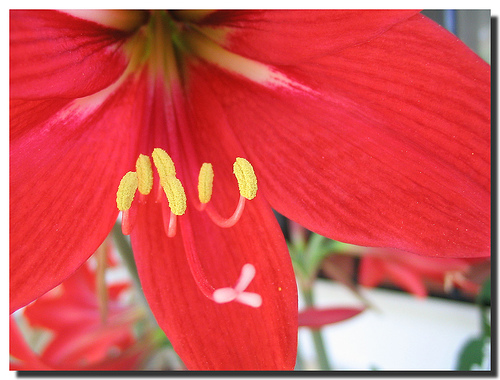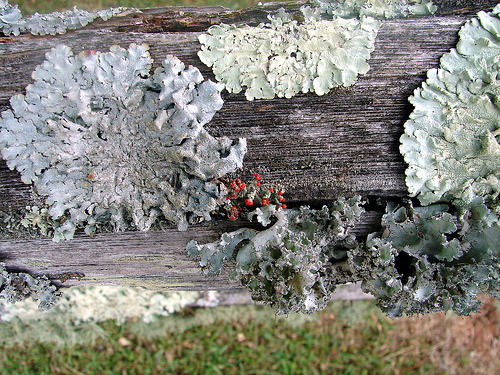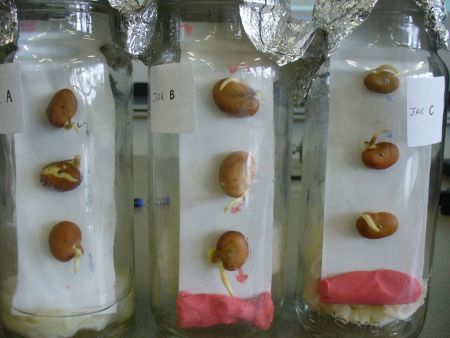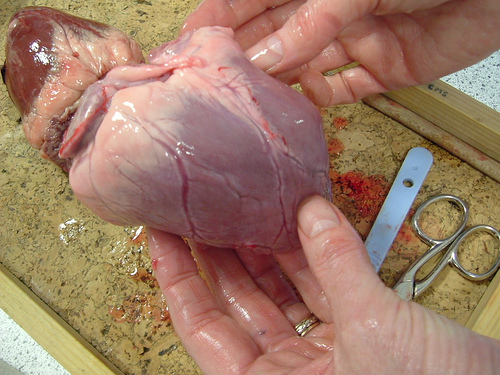
This bright red flower shows clearly the stamens with anthers attached, where the pollen is distributed from. As insects don’t see colours in the red-orange spectrum, this flower is more likely to be pollinated by birds or mammals (such as possums, bats or small rodents). Wind pollinated plants (such as grasses and conifers) produce large amounts of very small-grained, lightweight pollen. Most flowering plants produce smaller amounts of pollen that is transfered by vectors. They attract vectors with bright colours, alluring aromas or sweet or protein-rich nectar.
If you have access to YouTube, there are some incredible time-lapse photography vidoes showing corn seed and sunflower seed germination (geotropism) at http://www.youtube.com/watch?v=iFCdAgeMGOA&feature=player_embedded Top 10 Amazing Biology Videos: http://www.wired.com/wiredscience/2008/11/top-10-amazin-1/
Top 10 Time-lapse videos here: http://www.wired.com/wiredscience/2009/03/tenlapse/








